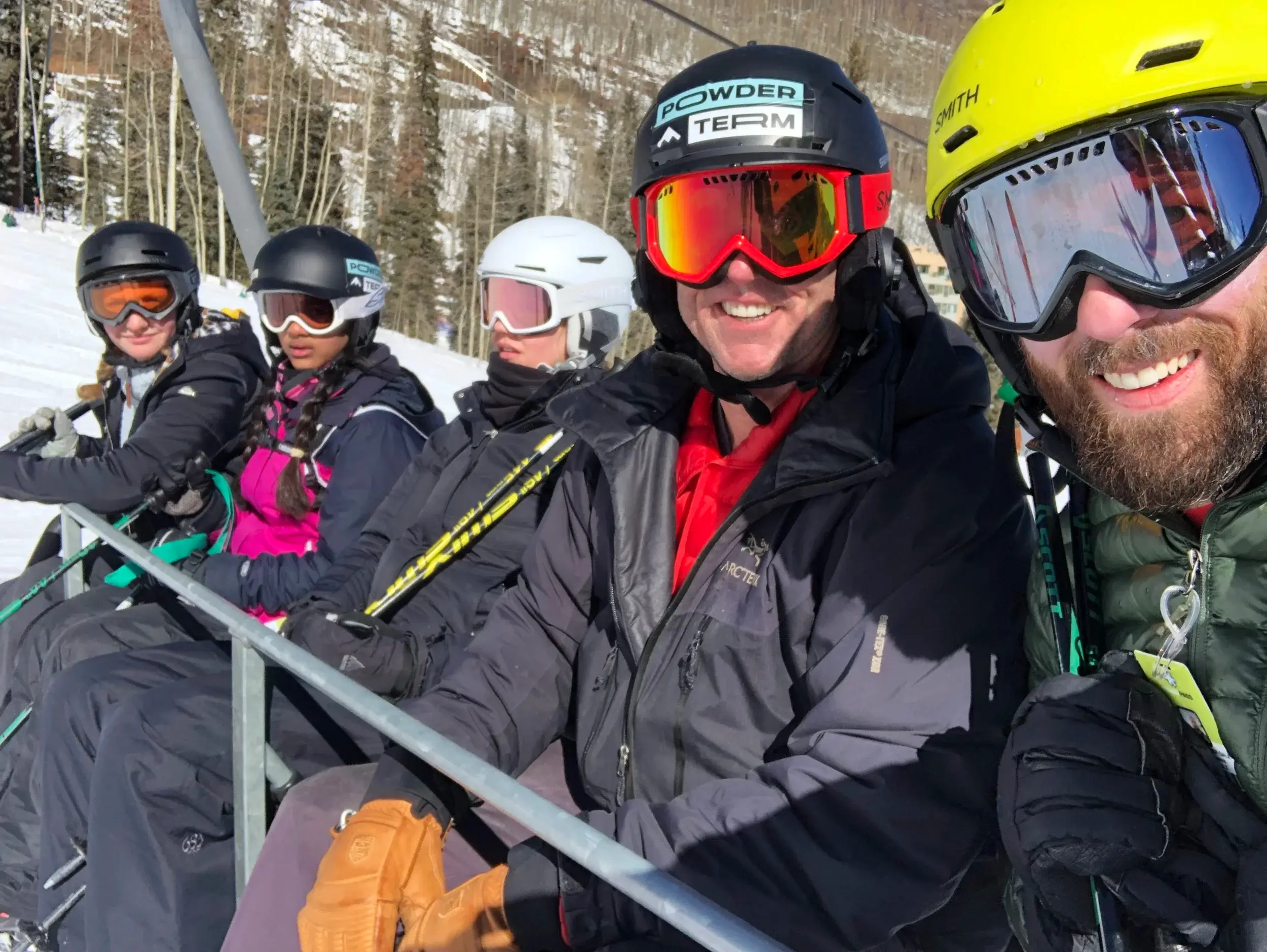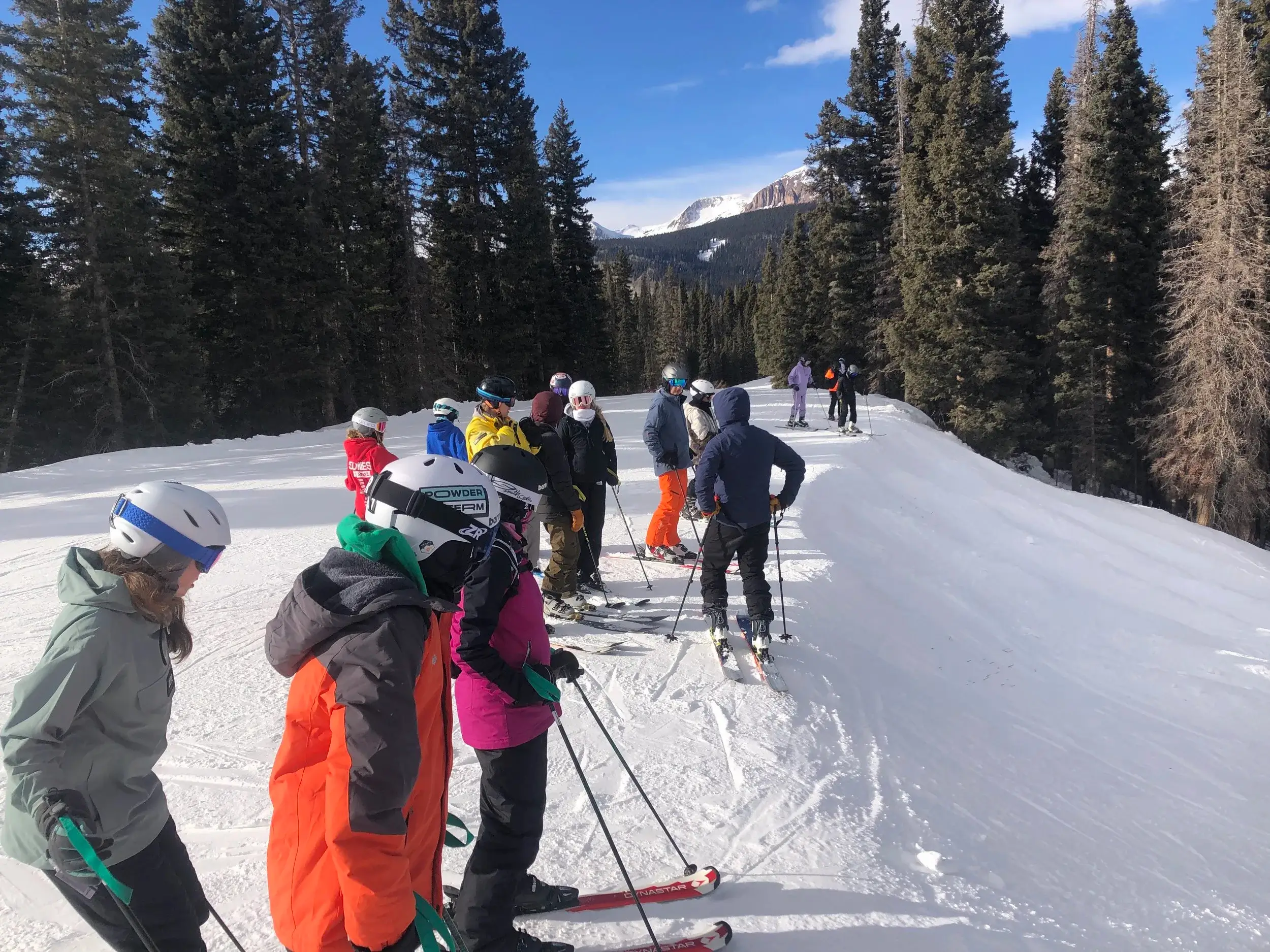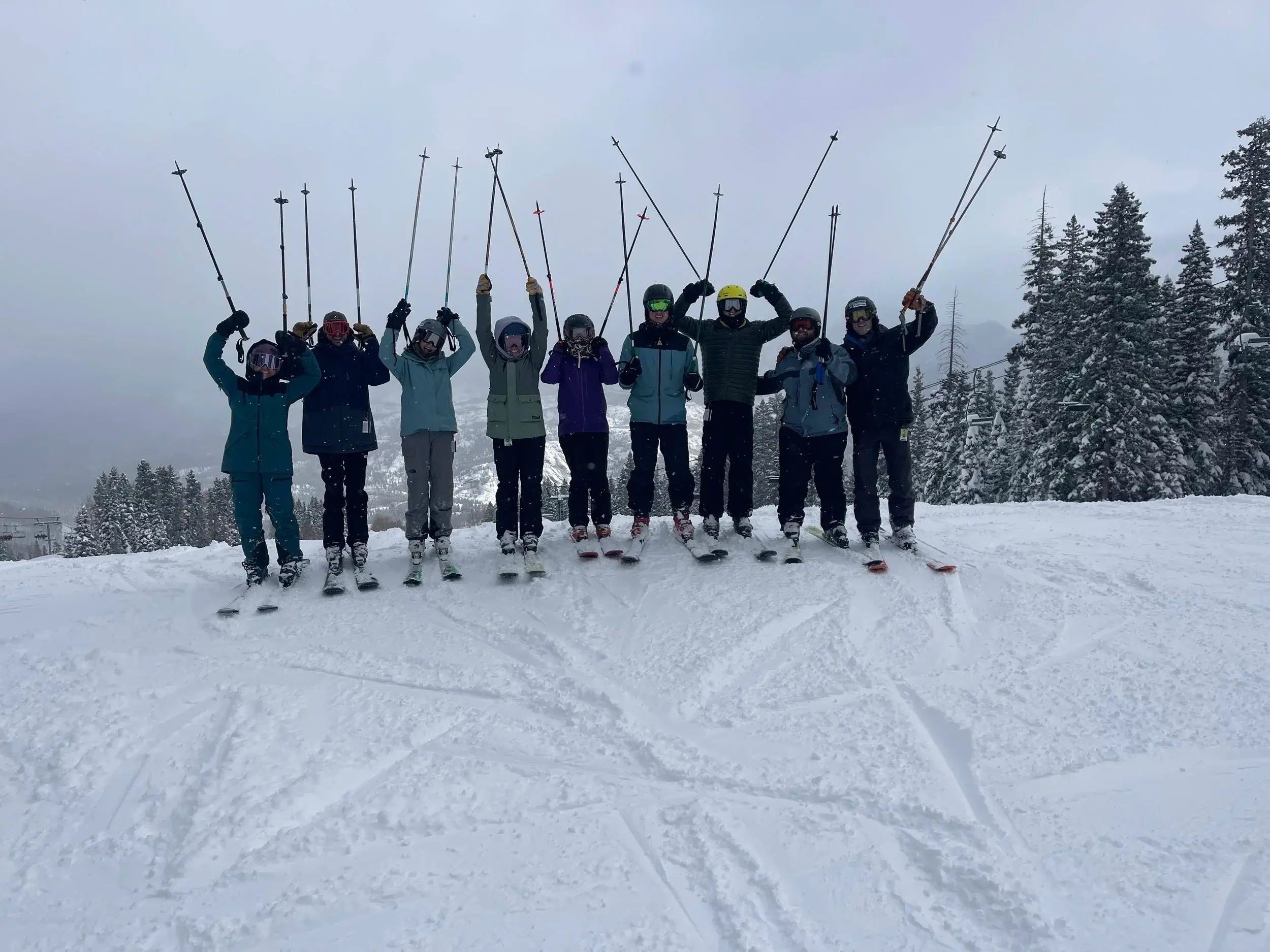Project-Based Learning (PBL) is a method of teaching and learning in which students actively engage in real-world and personally meaningful projects. Project Based Learning answers the “why?” behind what one is studying. PBL creates space in learning environments for students to ask big questions about problems/ challenges the world faces, explore smaller questions, engage with experts and people impacted by the issue they’re studying, brainstorm solutions, and share their ideas and proposals with a public audience. The energy in PBL classrooms is curious, contagious, and courageous!
Project-Based Learning is the Future
During a PBL unit, students work on a project for an extended period. At Discover Term, student projects range from 2 – 3 weeks, and the students solve real-world problems and answer complex questions.
Surf Term Projects
In Costa Rica at Surf Term, we have two PBL projects: Project Reef and Project Rainforest. During Project Reef, students explore the driving questions:

-
How can surfing be sustainable?
-
What are the most significant risks to preserving great surf spots, reefs, and marine ecosystems?
-
How do we save surf spots, reefs, and marine life?
-
How do we create more awareness, effectively educate, and call others to action to lead to impactful outcomes?
During Project Rainforest, students evaluate:
-
How much rainforest do we need?
-
Is this a local or a global problem?
-
How much is a forest worth? Who pays for conservation?
-
Are preservation decisions a calculation or an emotion?
We partner with local organizations and experts in both Project Reef and Rainforest to gather more knowledge and input. We also go on excursions to see sea turtles nesting and to plant trees on the beach to help with the issues we are learning about.
Powder Term Projects
At Powder Term in Durango, Colorado, we have two projects: Project Avalanche and Project Summit. In Project Avalanche, we ponder the questions:

-
How can avalanche safety teams save more lives after an avalanche event?
-
What does it take to survive an avalanche?
-
How can ski resorts like Purgatory save more skiers?
-
How do you decide who to save first in a rescue situation?
-
Who pays for avalanche prevention?
-
How much is a life worth?
-
How to organize a team in an emergency?
-
How do you convince people to work together?
-
Who pays for avalanche protection?
We also explore themes around fear:
-
How do you react to fear?
-
How can you move past your fear in a moment of emergency? Other people?
-
How can you help others move past their fear in an emergency?
Throughout Project Summit, we dive into what it means and takes to lead and execute a big mountain expedition. We ask the questions:
-
What does it take to survive? Thrive? Get to the top?
-
What skills do you need to survive harsh climates?
-
What are your personal thresholds?
-
How do you make the tough calls?
-
How much is a summit worth?
-
Who pays for exploration?
-
Are life and death decisions a calculation or an emotion?
-
What makes an expedition worth it? Interesting?
-
How do you approach risk/reward decisions with limited information?
At Powder Term, the students complete an introductory Avalanche Safety course learning how to use the proper gear and equipment (beacon, shovel, probe) in rescue scenarios and simulations. We partner with the San Juan Expeditions mountain guides, and they take us out for a winter wilderness survival course!
Student-Driven Learning
The learning is student-driven. PBL teachers serve as guides and support for their students during the units. While teachers may initiate the unit and choose the general problem to explore, PBL creates the space for students to be driven by their interests and to dive deeper into what piques their interest and lights them up. Teachers step in to help with organization, research, being a sounding board, and helping to fine-tune along the way. This teaches the students independence and responsibility for their learning.
Project-Based Learning Impact
Why PBL? What is the impact on students? The benefits are endless. Students develop deep content knowledge, critical thinking, collaboration, creativity, leadership, and communication skills. Project Based Learning teaches students that they can make a change.
At the end of each PBL unit, students demonstrate their gained knowledge, skills, and ideas for change in a final public product or presentation for a real audience. Whether it’s a proposal for a new company, or a letter to the government, an essential component of PBL is getting their ideas out into the world. This teaches teenagers at a young age that they not only have bright ideas but also matter and deserve to be heard!
Project Based Learning engages students in an applicable, deep, and long-lasting learning style and environment. PBL inspires a love of lifelong learning and a personal connection to their academic experience.
PBL can be transformative for students, especially those furthest from educational opportunity. The world needs young people ready, willing, and able to tackle the challenges of their lives and the world they will inherit – now more than ever. PBL prepares them for this challenge!
At Discover Term, Project Based Learning is not only a core staple in our curriculum but also another way we are working to support the leaders of our future. From Nosara, Costa Rica, to Durango, Colorado – these teens are making a difference.
Have Questions on Project-Based Learning?
Fill out the form below, and our team will respond within 48 hours to answer any questions you have about project-based learning. Want to speak to us directly? Request a call!




